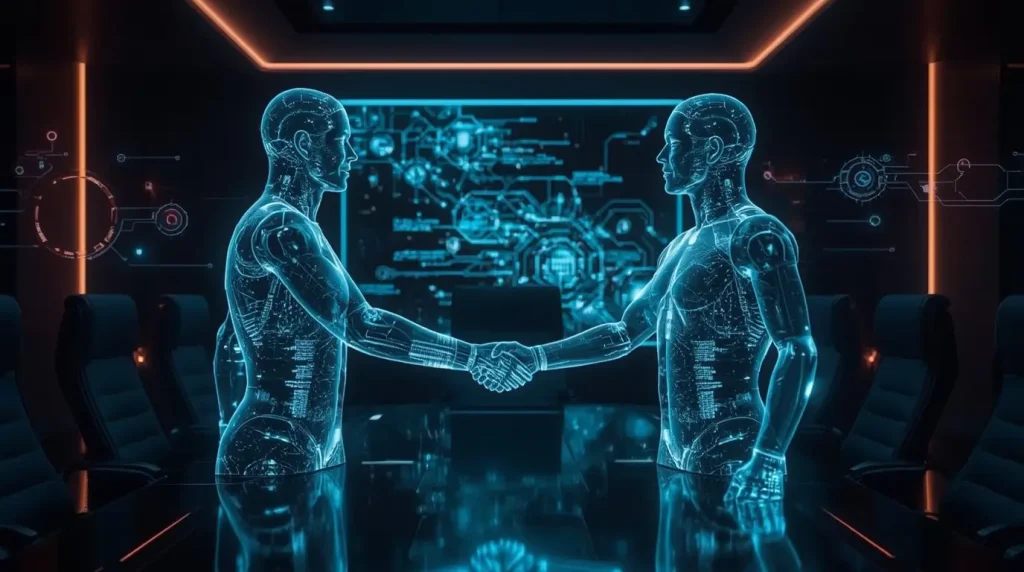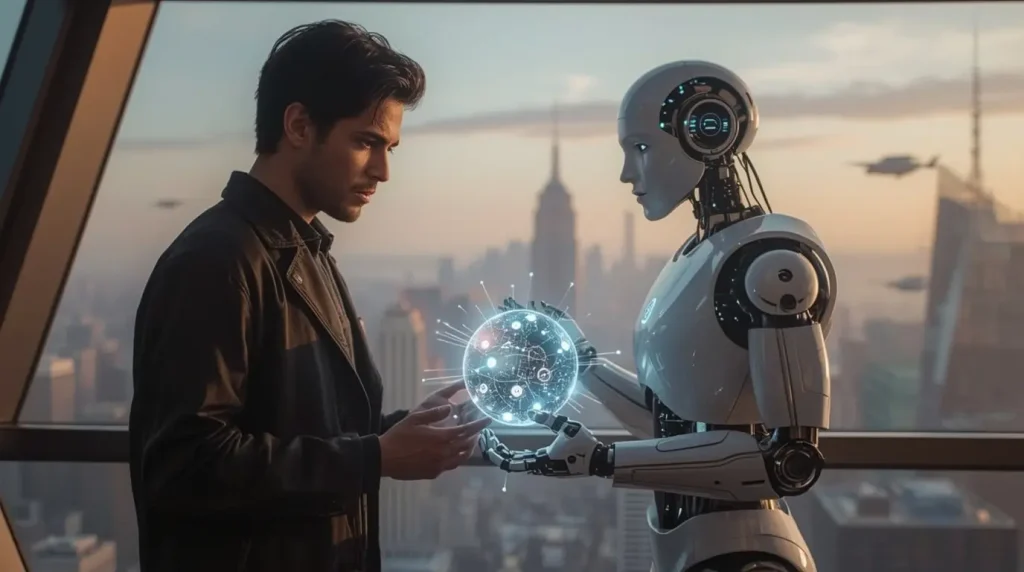Microsoft and OpenAI Forge New Path with Restructuring Deal
Microsoft and OpenAI have just signed a big Memorandum of Understanding (MOU) that could change how artificial intelligence (AI) is built and shared. On September 11, 2025, the two companies laid out a plan for OpenAI to shift from being mostly a nonprofit to a Public Benefit Corporation (PBC) that still puts people first. The deal aims to let OpenAI raise the money it needs while also committing to build safe, trustworthy AI that serves the entire planet, not just the bottom line.
What it means for the future
Since this is a “non-binding” MOU, the fine print is still being worked out. No new dollar amounts have been publicly disclosed, but the MOU frees OpenAI to continue its planned transition. A few of the new deal highlights are:
- Profit-Sharing Updates: Microsoft has poured about $13 billion into OpenAI from 2019 through 2023. The new charts let the tech giant keep its big slices of patents and cash from OpenAI, but they fine-tune earlier promises about when and how the two companies would share the benefits of artificial general intelligence (AGI).
Nonprofit Empowerment: OpenAI’s nonprofit arm is about to become one of the wealthiest philanthropic organizations in the world. The arm is expected to gain equity worth over $100 billion in the for-profit side of the company. This massive stake gives the nonprofit the financial cushion needed to keep steering OpenAI’s mission and oversee its safety rules long into the future.
Regulatory Approval: The planned restructuring still needs the green light from the attorneys general in California and Delaware. OpenAI is working to wrap this up by the end of 2025, because missing that target could cost the company billions in funding that is tied to that timetable.
Why This Restructuring Matters: This move lets OpenAI tap traditional funding, like future stock sales, while still putting AI safety first. For Microsoft, having this stake and the nonprofit’s backing secures its access to OpenAI’s groundbreaking tech, even in the still-hypothetical event that artificial general intelligence (AGI) is developed. The deal underlines the new ways tech giants and AI startups are forming deep, long-term partnerships and reshaping the industry’s future.
The Facts on OpenAI’s Unique Hybrid Setup
OpenAI kicked off in 2015 as a nonprofit with one simple purpose: make sure super-smart AI works for everyone on Earth. After years of heavy number-crunching, though, the sky-high bills forced a rethink, so in 2019 the team added a for-profit branch. This twist let them raise cash, starting with a $1 billion boost from Microsoft that ended with a massive $10 billion jump in early 2023.
Key Elements of the Restructured Partnership

1. Nonprofit Holds $100 Billion in Equity
The OpenAI nonprofit will soon control $100 billion in equity—roughly 20% of the $500 billion valuation the firm is aiming for in the private markets. This stake is not only a fiscal cushion; it fuels commitments like a $50 million grant program focusing on AI literacy, community innovation, and expanding economic opportunities. The sizable holding also strengthens the nonprofit’s oversight of safety policy, ensuring it blocks any risky moves the for-profit arm might consider.
2. Clarified Microsoft Role and Ownership Shield
Microsoft will continue as a cornerstone collaborator, yet the fine print on how much of OpenAI it owns and the extent of its exclusive modeling access has not been released. Key points include:
- Updated AGI Clause: The past contract automatically cut Microsoft out once OpenAI reached AGI, but the revised language reworks that provision in undisclosed ways, keeping the specifics private.
- Less Sole Compute: The original framework gave Microsoft a lock on supercomputing resources. The rework loosens that grip, letting OpenAI court other platforms, including Oracle and Google, for cloud.
3. Approvals Before Closing
Before the reorganization is locked in, OpenAI needs consent from both California and Delaware regulators. Any slowdown could put billions in pledged funding at risk, underscoring the project’s compressed timetable.
Implications for the AI Industry
For OpenAI
- Capital Expansion: The new structure makes it easier for OpenAI to attract investment, letting the team chase big projects like its Stargate cloud and long-term AGI research.
- Commercial Flexibility: OpenAI can now partner with any cloud vendor, not just Microsoft Azure, letting it explore new markets and better compete.
- Mission Preservation: By strengthening its nonprofit core, OpenAI can keep safety and ethical research fully funded, even as it seeks to lock in bigger revenues.
For Microsoft
- Technology Access: Microsoft keeps its status as the primary cloud partner, getting first dibs on OpenAI breakthroughs and keeping Azure ahead in enterprise AI.
- Risk Mitigation: Tweaking the AGI royalty clauses caps Microsoft’s stake in the event that OpenAI develops transformative AGI, protecting the investment and shareholder confidence.
For the Broader AI Ecosystem
- Ethical Precedent: The new OpenAI structure may motivate other companies to similarly balance profit and mission, spreading the idea that safety can coexist with revenue goals.
- Market Competition: The announcement of partnerships with Google and Oracle signals upcoming competition that could push cloud giants to accelerate their AI offerings.
Challenges and Criticisms
Even with its promise, the restructuring has come under fire:
- Transparency Concerns: Skeptics question how much stake-holding profitability can really coexist with nonprofit ethics, fearing that the dollar will shout louder than the mission.
- Regulatory Uncertainty: The plan still needs sign-off from multiple state attorneys general, and any delay could halt projects and frustrate investors.
- Ethical Dilemmas: Voices in the academic and nonprofit sectors warn that the rush to generate revenue may dilute the original vision of keeping AGI safe for everyone.
The Road Ahead
OpenAI and Microsoft aim to wrap up a final agreement by the close of 2025. If the talks finish on the right note, the new setup could guide the whole industry toward responsible AI development. That means mixing fast innovation with the strong moral care we need. While OpenAI forges ahead in AGI research, people everywhere will track this experiment to judge whether smart corporate rules can really make sure AGI works for the good of all.

Source: https://edition.cnn.com/2025/09/11/tech/microsoft-openai-restructure
For more incredible stories of everyday news, return to our homepage.